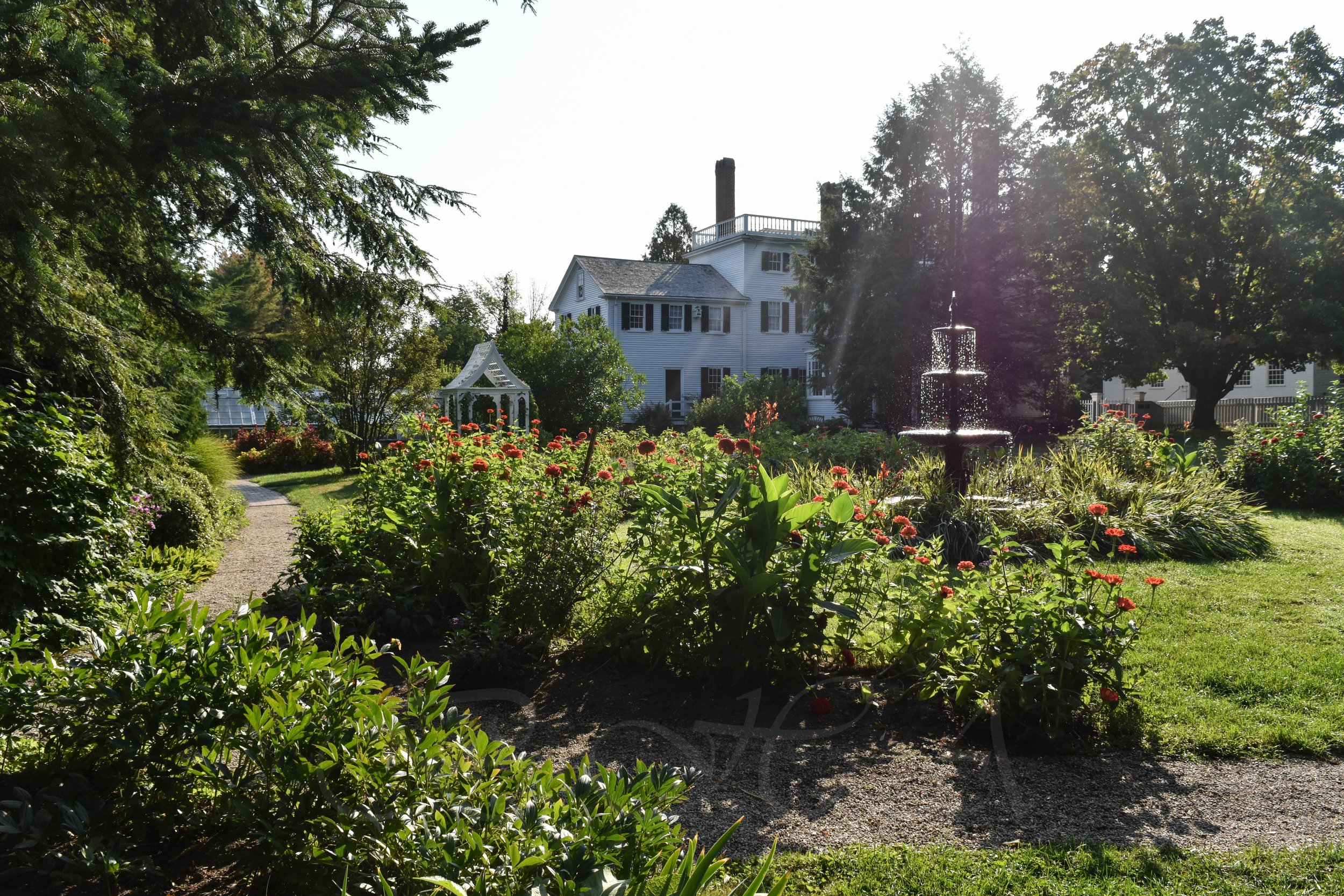Explore a truly historic landscape spanning four centuries
Spread across nearly 10 acres, the historic landscape at Strawbery Banke features a dozen gardens set to period designs, heirloom flowers, and vegetables, bringing the experience of outdoor life for the families who have lived in this period for centuries.
The landscape invites you to visit period gardens and homes including a Victorian-era formal garden, a colonial period kitchen garden, a global herb garden, three heritage apple orchards, as well as a colonial revival pocket garden. Lawns and picnic areas offer visitors the opportunity to picnic, relax, or play games in a beautiful historic neighborhood.
NEW! Guided Garden Tours
Offered weekdays, June 10 through September 27, 2024
Expert guides will take you on a journey through time in the historic gardens and landscapes and teach about the careful stewardship and maintenance that goes into preserving the living collection. Members $5; Nonmembers $10. Click here to learn more.
-

Abbott Orchard
The Museum’s largest orchard, opposite the Marden-Abbott Store, was planted in 1964 on a site that had once been the formal garden and orchard of the James Bartlett mansion. This orchard contains rare, historic fruit varieties favored by early New Englanders that help preserve and teach this region’s culinary and landscape history.
-
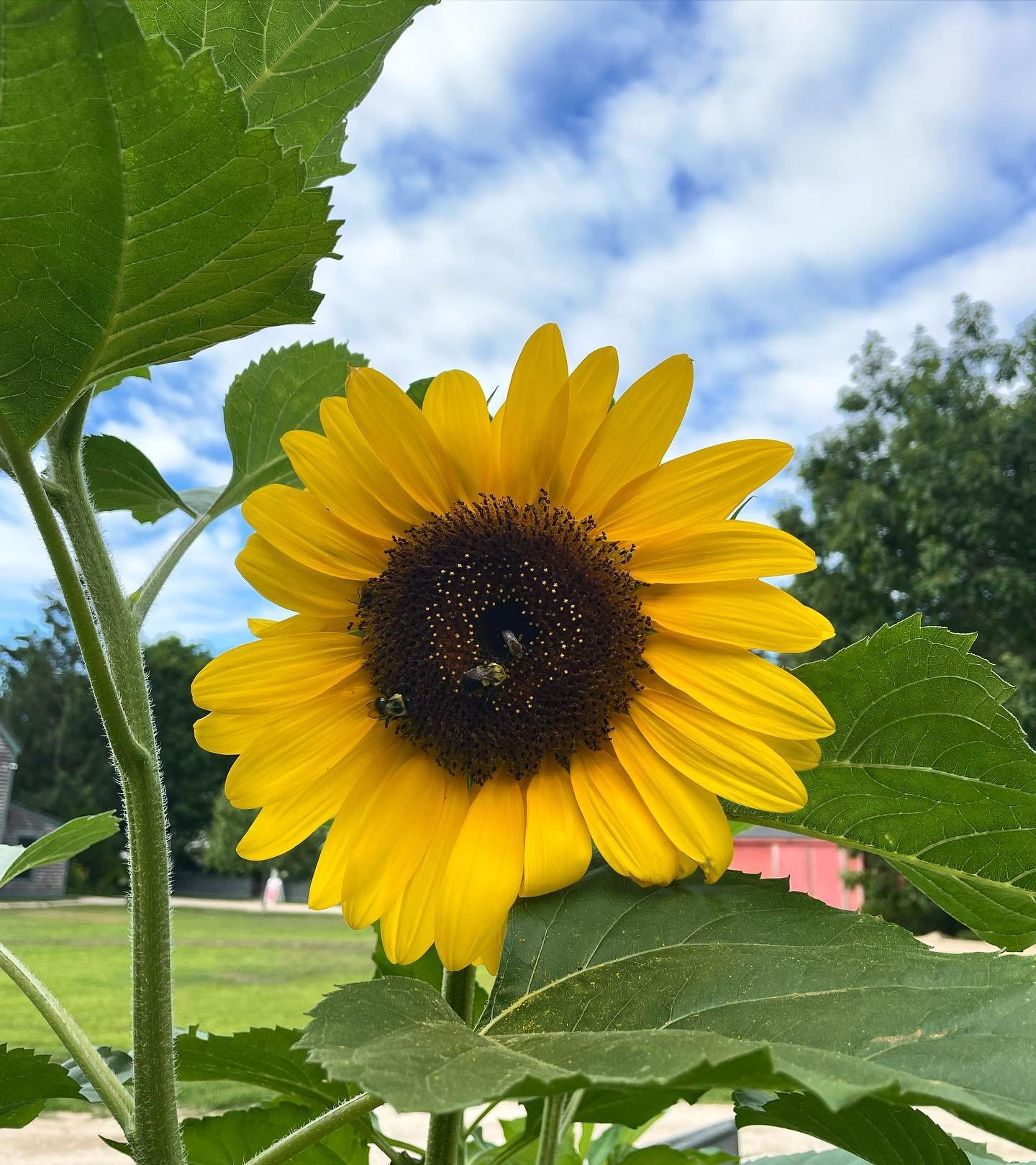
Abenaki Heritage Teaching Garden
Visit the raised beds in the Abenaki Heritage Teaching Garden, adjacent to the Jones House, to learn about seven food crops that are central to Abenaki traditions. Working with Indigenous partners, Strawbery Banke identified seven of the most central crops that were likely to be grown by people in the region prior to colonization. These crops are still grown in the gardens of many Abenaki people today.
-
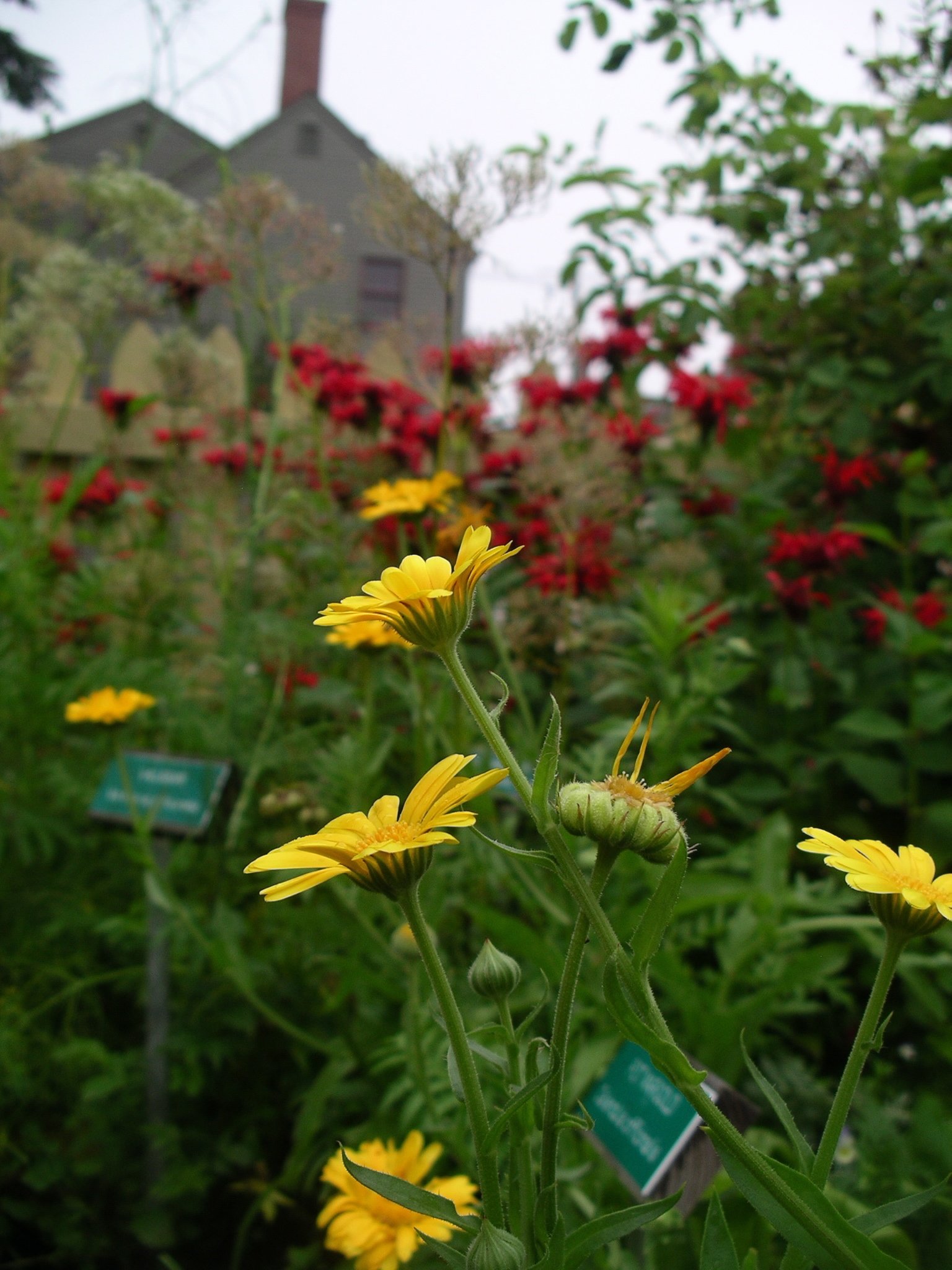
Ethnobotanical Herb Garden
Explore useful herbs from all over the world in the Ethnobotanical Herb Garden, located outside of the Cotton Tenant North. This collection of herbs represents the various regions from which people immigrated to this neighborhood. Discover many culinary and medicinal herbs that may be new to you.
-

Goodwin Garden
The Goodwin Garden was recreated when the Goodwin Mansion was moved from its original site on Islington Street to Hancock Street in 1963. The lush "carpet garden" is based on an 1862 landscape plan of the original site and Sarah Parker Goodwin's detailed 1870 diary. This garden features bedding annuals and plants from around the world such as weigelia, a shrub first planted in New Hampshire by Sarah Goodwin.
-
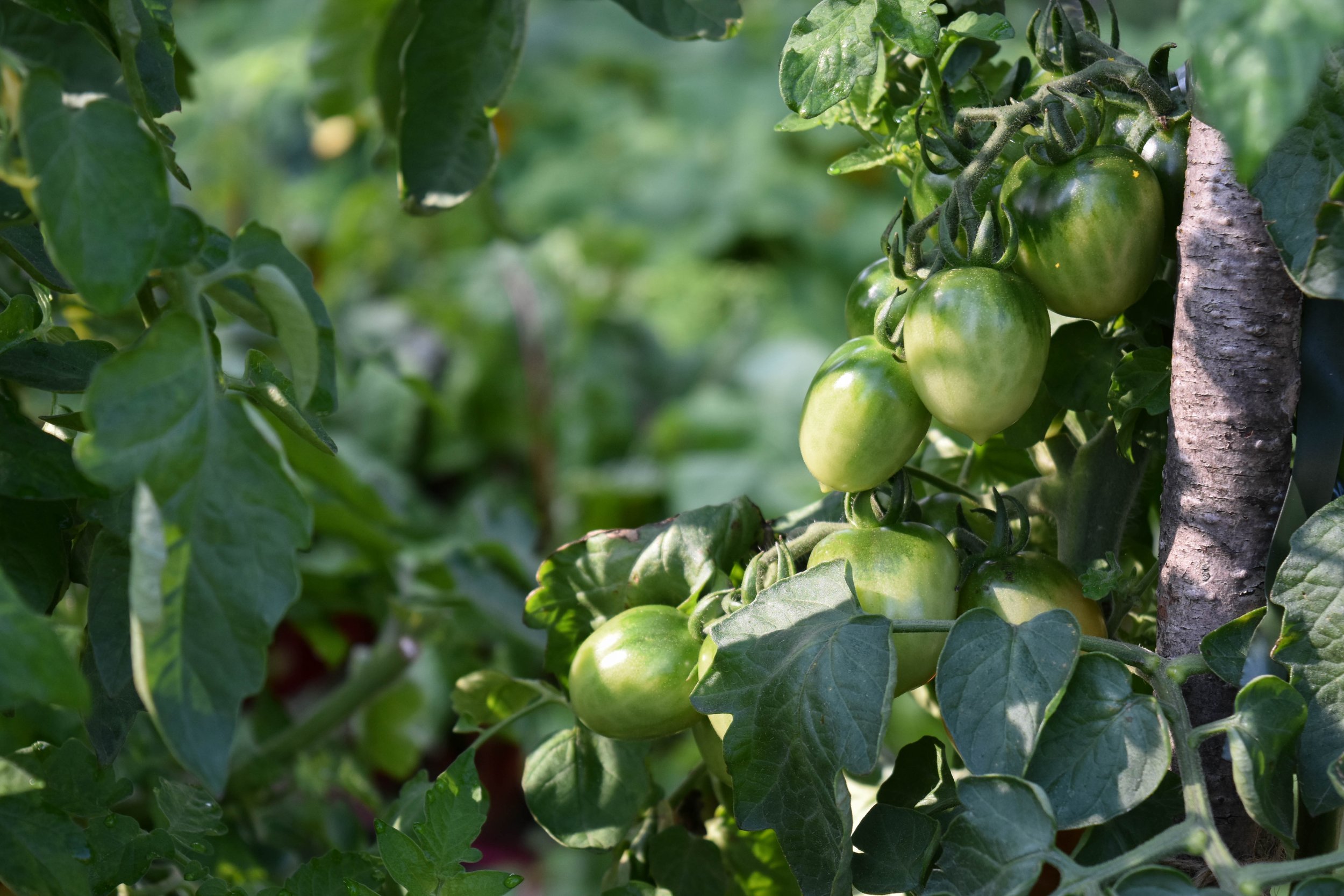
Shapiro Ukrainian Vegetable Garden
The Shapiro Garden is located behind the Shapiro House and reflects that Russian Jewish immigrant family’s garden of 1919. It is representative of the many small urban gardens planted by the different ethnicities that made up the early 20th-century Puddle Dock neighborhood. The Shapiros used their garden to propagate many types of vegetables, such as heirloom cabbage, garlic, pickling cucumbers, breadseed poppy, hyssop and yellow Ukrainian tomatoes, which helped to preserve the diet and culture of their homeland.
-

Sherburne Kitchen Garden
The Sherburne Garden is a raised-bed kitchen garden on its original site, typical of the era of the adjacent, restored c. 1695-1728 Sherburne House. The garden provided a convenient source of produce, medicine and culinary herbs outside the kitchen door. The recreation of this garden is based on archeological evidence that illuminated the bed layouts, provided seed and pollen evidence of some of the plants. It is now a garden that was typical of a household in 1710 Portsmouth
The orchard next to the Sherburne House includes Roxbury Russet apples, the oldest named apple variety in North America.
-
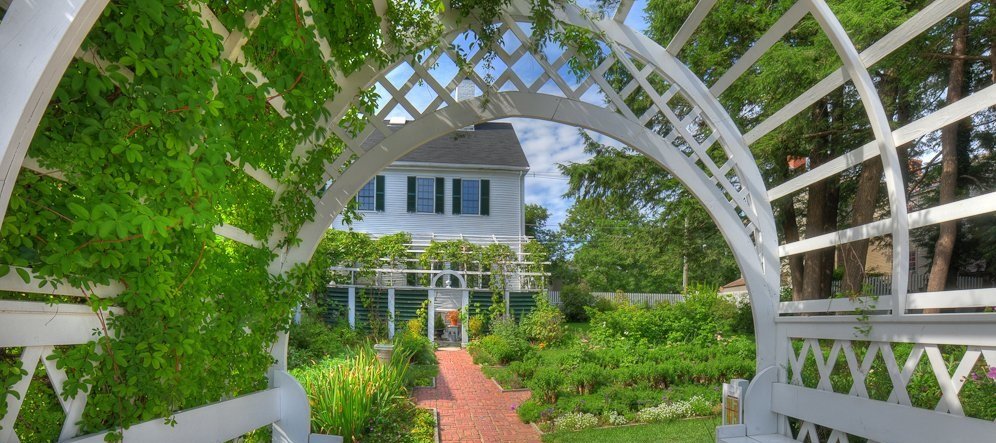
Thomas Bailey Aldrich Memorial Garden
This 1908 Colonial Revival garden was created between 1908 and 1913 as a memorial to author Thomas Bailey Aldrich, next to The Aldrich House he grew up in with his grandfather. It is the oldest continuously planted garden on the Museum’s grounds and was completely restored in 2008 with cedar-edged beds, brick pathways, heirloom plants, and an accessible entrance through the summerhouse. The Garden features the most valuable part of the Museum's living collection: a century-old circular grove of native hemlocks. The grove was planted at a time when industrialization was taking over the natural landscape.
-
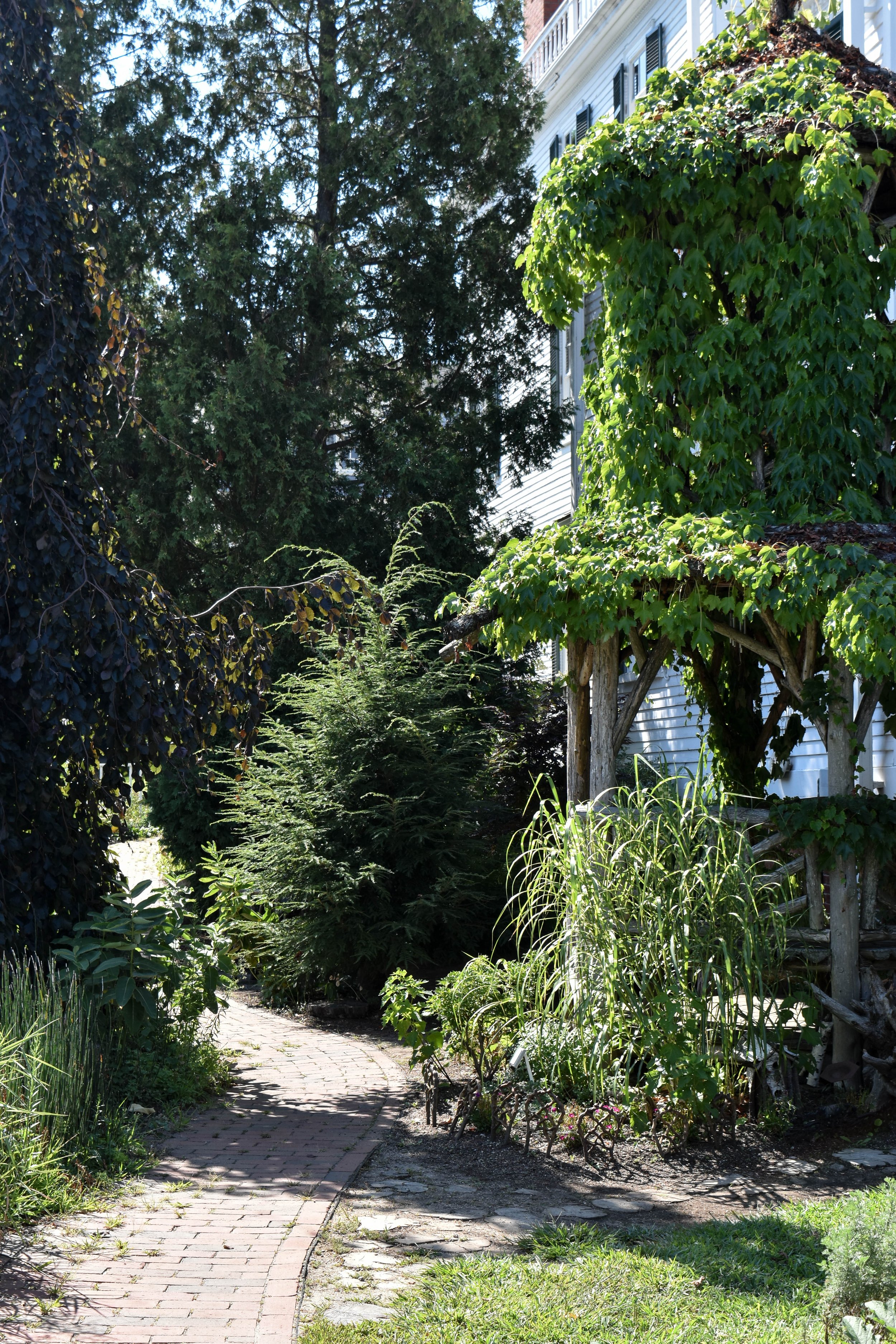
Tree Collection
The Museum’s collection of trees and woody perennials serve to provide a sense of place and beauty as well as provide ecological functions. With more than 200 trees and nearly 150 woody perennials and shrubs, this historic neighborhood is a part of the vital Piscataqua ecosystem.
-
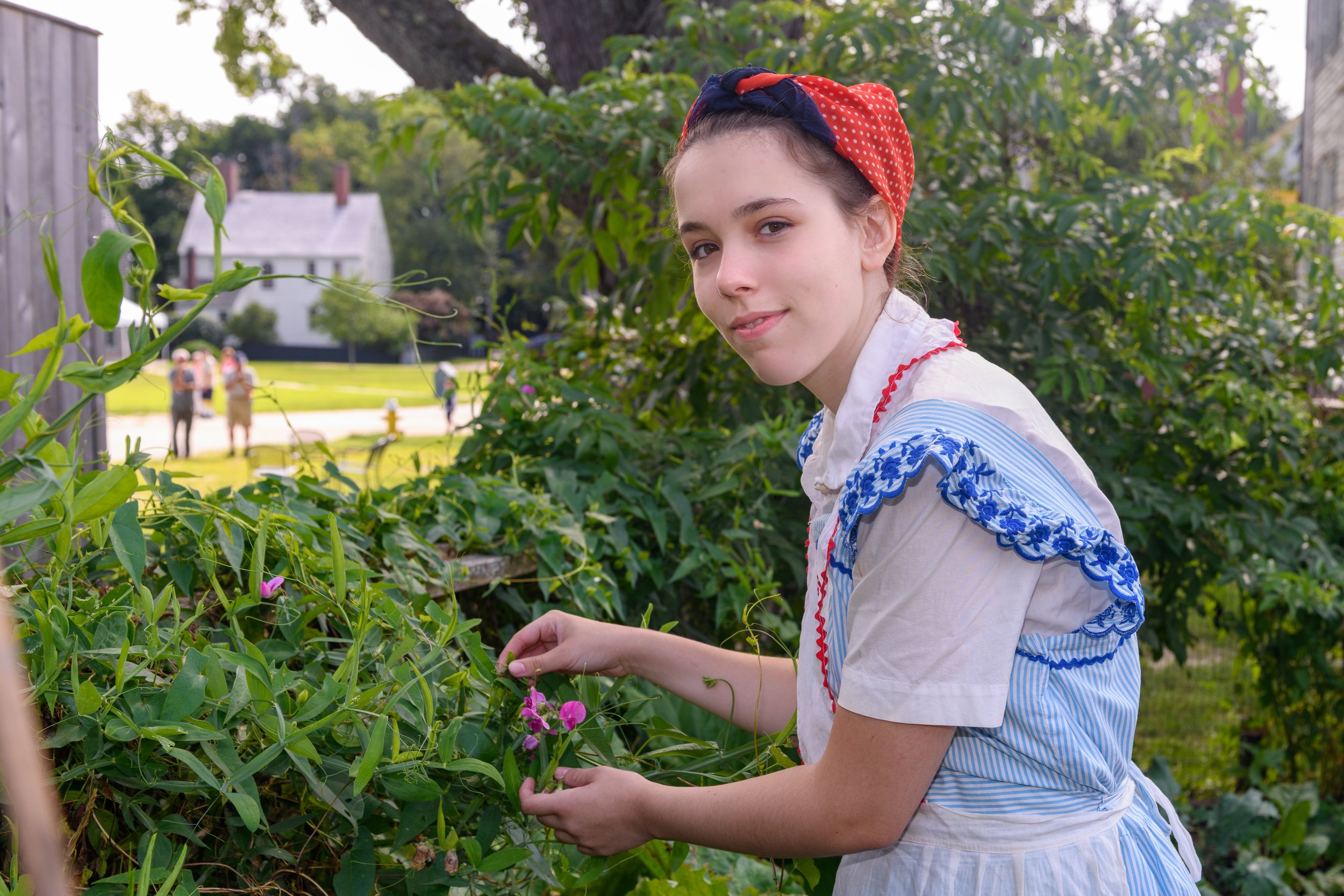
World War II Victory Garden
The Victory Garden next to the Marden-Abbott House and Store recreates the c. 1944 garden of the Pecunies family, who resided on the site during WWII. Victory gardens provided an important, locally-supplied, alternative source of fresh food while the country supported rationing measures designed to free up labor and transportation for military needs. The plant selections in this garden were drawn from oral histories, period seed catalogs and wartime government publications.
-

Walsh House Garden
The Walsh House and garden invite you to interact with objects in the house and plants outside to discover how the family lived and what health ailments they may have been facing. The garden houses medicinal plants and typical ornamental plants common in the late 18th century.

